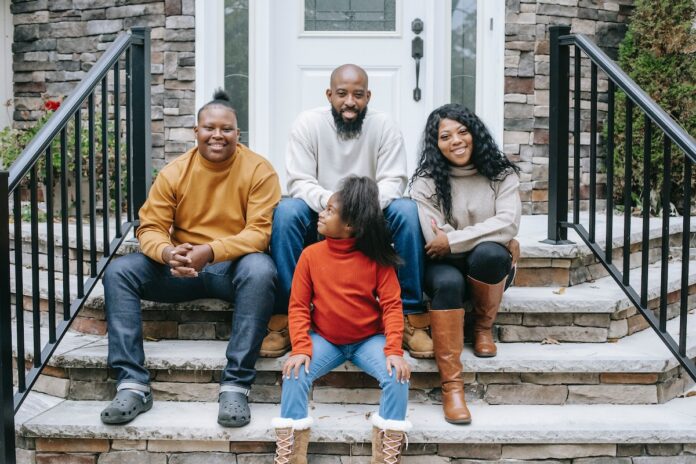We have deep roots in the United States, but we’re still underrepresented in many areas of the country. The reasons for this are complex, but it includes a long history of discrimination and segregation. It resulted in many of our ancestors moving Up North and Out West in search of better economic opportunities and upward mobility. But are we thriving there? It’s a complicated question.
A recent report from McKinsey called The State of Black Resident’s Report examines where we live and the factors that improve or impede our economic prospects. According to their research, 30% of us live in twelve megacities (urban centers), 7% of us live in high-growth hubs (think Austin, Charlotte, Minneapolis, and Silicon Valley), 12% of us reside in the suburbs, and 19% make our homes in what is categorized as stable cities (Jacksonville, Cincinnati, St. Louis) and independent economies (like Lancaster, PA and Winston-Salem, North Carolina).
According to McKinsey’s findings, “Black outcomes are generally better in suburban and high-growth areas where Black residents are underrepresented.”
Why is this the case, you might ask?
Across the U.S., suburban neighborhoods have the highest overall Black outcome scores. These areas are reported to be the top indicator of the critical metrics, “such as median household income ($79,000), workers in management roles (36 percent), life expectancy (78 years), and bachelor’s degree attainment (29 percent).” However, only 52% of Black suburban dwellers own their homes compared to 62% of white residents.
Coming in second are high-growth hubs like Seattle, Las Vegas, and Silicon Valley, where few live. But while there is great potential there, our underrepresentation in tech jobs and the high cost of living, including exorbitant housing, makes it a less financially stable option for us.
Interestingly, we outearn our peers nationally when we live in megacities. When we chose these urban and urban-adjacent areas, we faced longer commutes and high housing costs. And we are paid “roughly 60 percent of what white megacity residents do.”
For all our communities to reach the same economic outcomes as those living in suburban communities would take 10 to 30 years.
Where has the Black population decreased in the past decade?
“Over the past decade, the Black population declined in large cities and rural counties while growing in the suburbs,” according to McKinsey. This type of movement is something that has been happening for decades. The Black population has been moving out of urban areas and into the suburbs since the 1960s when the Civil Rights Movement began to dismantle segregation laws. This shift was accelerated by white flight from cities in response to desegregation efforts.
Despite moving from urban cities to the suburbs, “Less than 0.1 percent of the Black population lives in a county close to parity.”
This research reminds us that the racial wealth gap is not just an issue of income inequality but also one of opportunity. It is essential to recognize that our community faces unique challenges in our pursuit of economic mobility, and it is critical to address those challenges head-on. Without change, the report indicates it would take 300 years for all the communities we live in to reach parity with our white counterparts.






